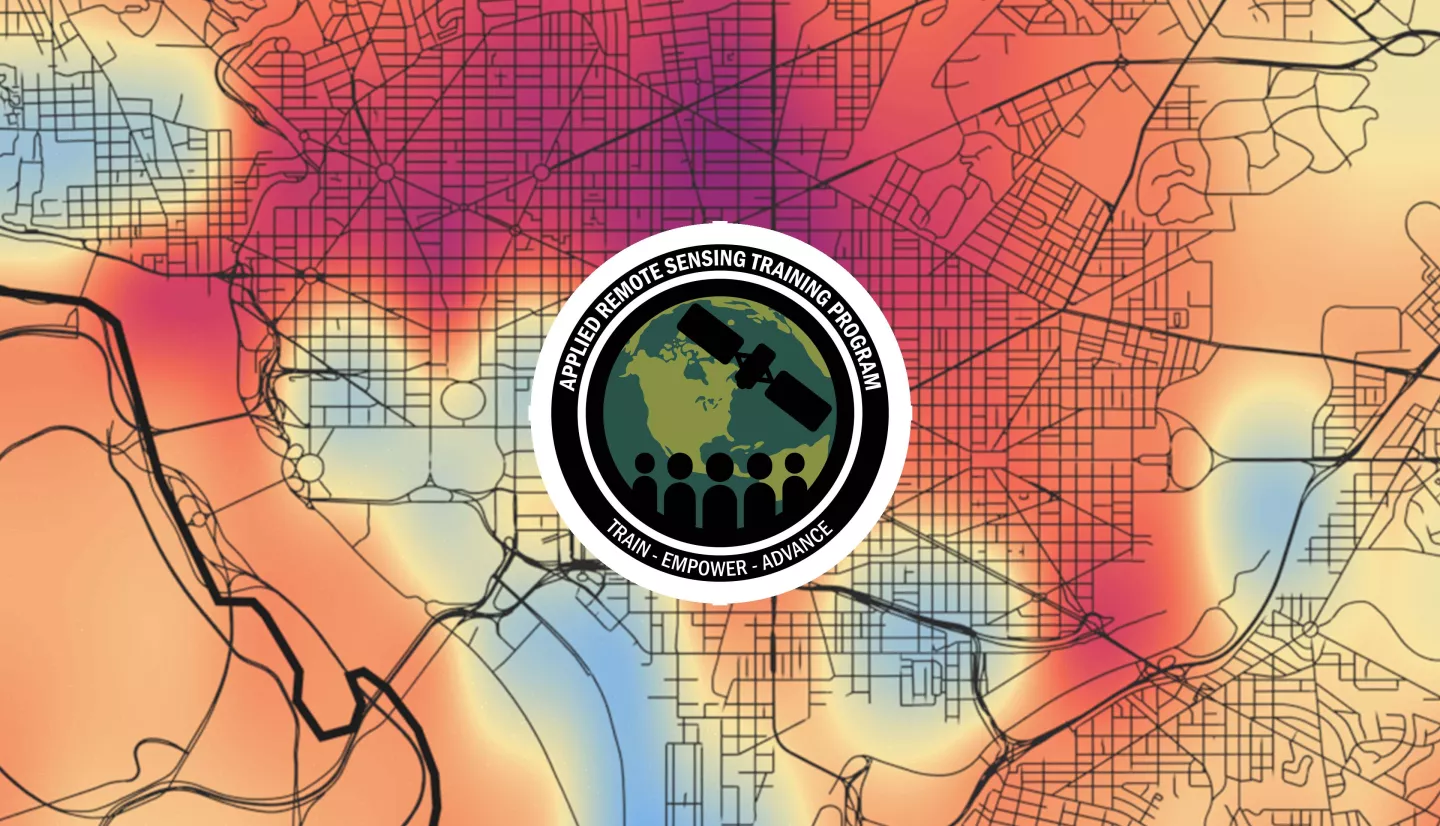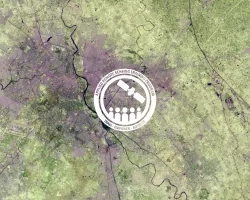Description
In this training, the NASA Applied Remote Sensing Training (ARSET) program in collaboration with the Health and Air Quality Science Team (HAQAST) Tiger Team on Satellite Data for Environmental Justice, will demonstrate how remotely-sensed environmental indicators, specifically for air pollution, can be paired with demographic data to understand disproportionate exposures among minoritized and marginalized population subgroups.
This training will consist of three two-hour sessions and be held online. The first session will provide an introduction to how satellite data have been used in environmental justice (EJ) applications. The second session will focus on satellite remote sensing of air quality, emphasizing aspects of environmental justice related to air pollution exposure. Finally, the third session will have interactive exercises combining satellite and demographic data with EJSCREEN and Python.
The primary focus of this training is on environmental justice issues in the United States, with some additional examples from around the world.
- A Google Account with access to Google Colaboratory
- Fundamentals of Remote Sensing
By the end of this training attendees will be able to:
- Describe, at a high level, how satellite data have been combined with socioeconomic information to investigate EJ issues such as heat exposure or access to green space.
- Identify remote sensing data products which are most relevant to assessing EJ related to air quality and pollutant exposure
- Articulate the benefits and limitations of using remote sensing data to assess EJ concerns related to air quality
- Import relevant air quality datasets into EJSCREEN, and use EJSCREEN to investigate and compare air quality with other environmental and demographic datasets.
- Pair appropriate satellite datasets for environmental indicators (air quality) with demographic information using Python
- Community groups and other organizations involved in developing EJ mapping tools
- Researchers analyzing EJ issues, especially related to air quality, and interested in incorporating remote sensing data into their research
- Government, non-profit, and private agencies involved in EJ activities
- Community groups and individuals (especially in the USA) concerned with EJ and interested to learn about the potential of satellite data for informing EJ action
Three, 2-hour sessions (1:30 content, 0:30 Q&A)
Trainers: HAQAST Team
Learning Objectives/Outcomes:
- Describe, at a high level, how satellite data have been combined with socioeconomic information to investigate EJ issues such as heat exposure or access to green space.
- Articulate the benefits and limitations of using remote sensing data to assess EJ concerns related to air quality
Agenda:
- Opening remarks, introduction to ARSET & overview of this training
- Introduction to Satellite Data for Environmental Justice (SD4EJ) objectives and basic concepts
- Strengths (and weaknesses) of satellite data for EJ
- History of satellite data and EJ
- Vignettes from different EJ researchers
- A deeper dive case study on air pollution EJ applications of satellite data
- Demonstration of EJ toolkits and maps.
- Q&A
Materials:
Optional Independent Hands-On Activity Between Webinar Parts 1 & 2
- Register for the HAQAST Community Forum
- Post a reply to this thread introducing yourself, your affiliation, and your interest in using satellite data for EJ applications
- This is an optional activity; it is not required and will not impact your ability to receive a course completion certificate
Materiales en Español:
Trainers: ARSET team
Sensors, Tools, and Software Addressed: MODIS, VIIRS, GOES, OMI, TROPOMI, TEMPO
Learning Objectives/Outcomes:
- Identify remote sensing data products which are most relevant to assessing EJ related to air quality and pollutant exposure
- Articulate the benefits and limitations of using remote sensing data to assess EJ concerns related to air quality
Agenda:
- Opening remarks, introduction and recap of the last session
- Basics of air quality and its health impacts
- Basics of remote sensing for air quality
- Satellite data products and tools relevant for air quality EJ applications
- Demonstration of satellite data visualization tools
- Q&A
Materials:
Optional Independent Hands-On Activity Between Webinar Parts 2 & 3
- Use NASA Worldview and/or NASA Giovanni to explore air quality remote sensing data in your area or an area of interest to you
- If you registered for the HAQAST Community Forum, considering posting your findings in the ARSET Training sub-forum there
- This is an optional activity; it is not required and will not impact your ability to receive a course completion certificate
Trainers: HAQAST Team
Sensors, Tools, and Software Addressed: EJScreen, Python (Jupyter Notebooks in Google Collab)
Learning Objectives/Outcomes:
- Import relevant air quality datasets into EJSCREEN, and use EJSCREEN to investigate and compare air quality with other environmental and demographic datasets.
- Pair appropriate satellite datasets for environmental indicators (air quality) with demographic information using Python
Agenda:
- Introduction to EJSCREEN
- Link to EPA EJScreen Tool
- Link to the ArcGIS NO2 Database: https://services.arcgis.com/HRPe58bUyBqyyiCt/arcgis/rest/services/US_NO2_Block_Groups/FeatureServer
- Walkthrough of NO2 and demographics in Baltimore using EJSCREEN
- Hands-on activity with EJSCREEN
- Introduction to Python-based analysis
- Download the SD4EJ_Python_Excercise.ipynb file. You may need to right click the link to download the file.
- Python exercise materials folder
- Google Colab Setup Instructions
- Demonstration of statistical calculations and mapping in Python
- Q&A
Materials:



